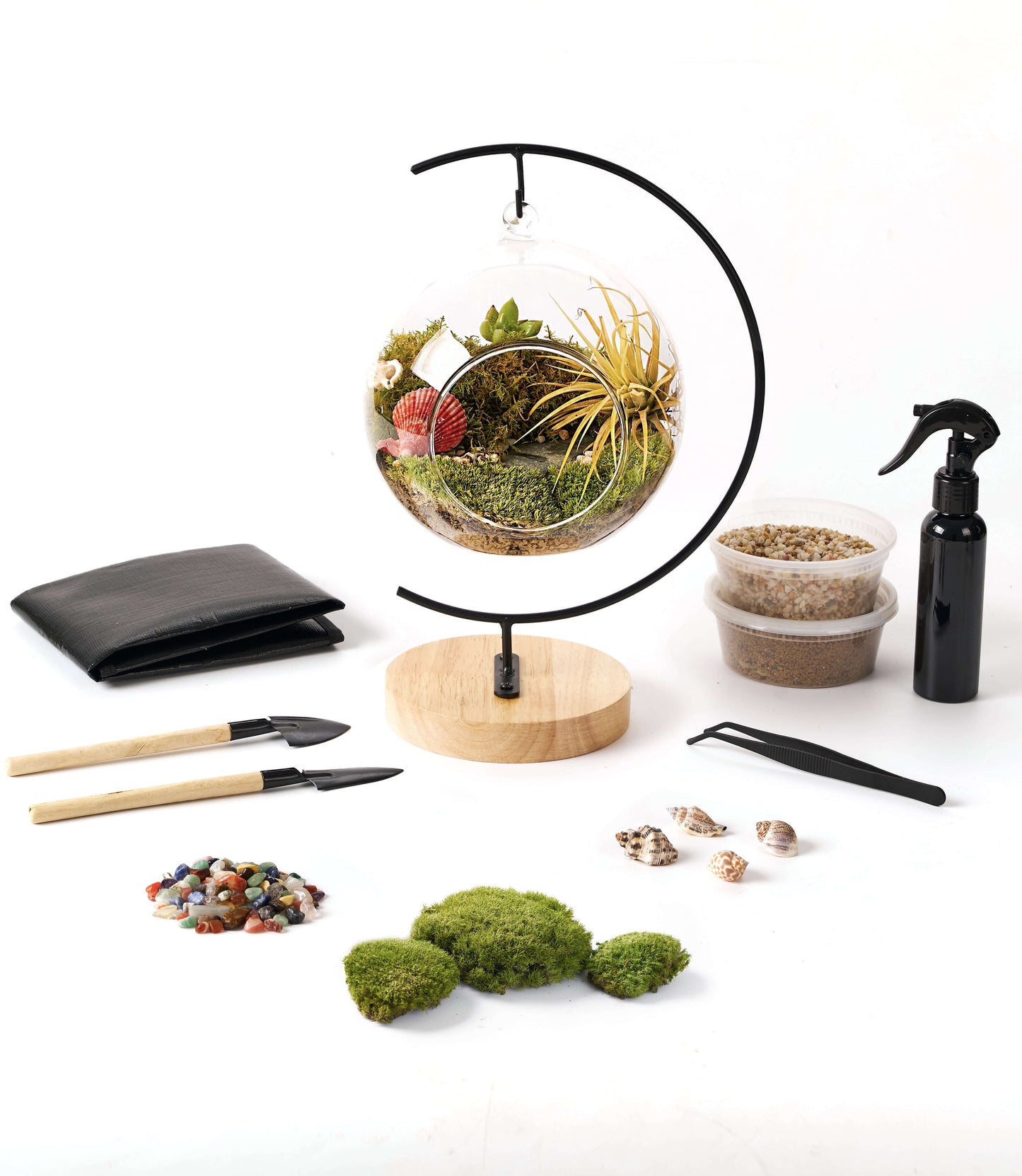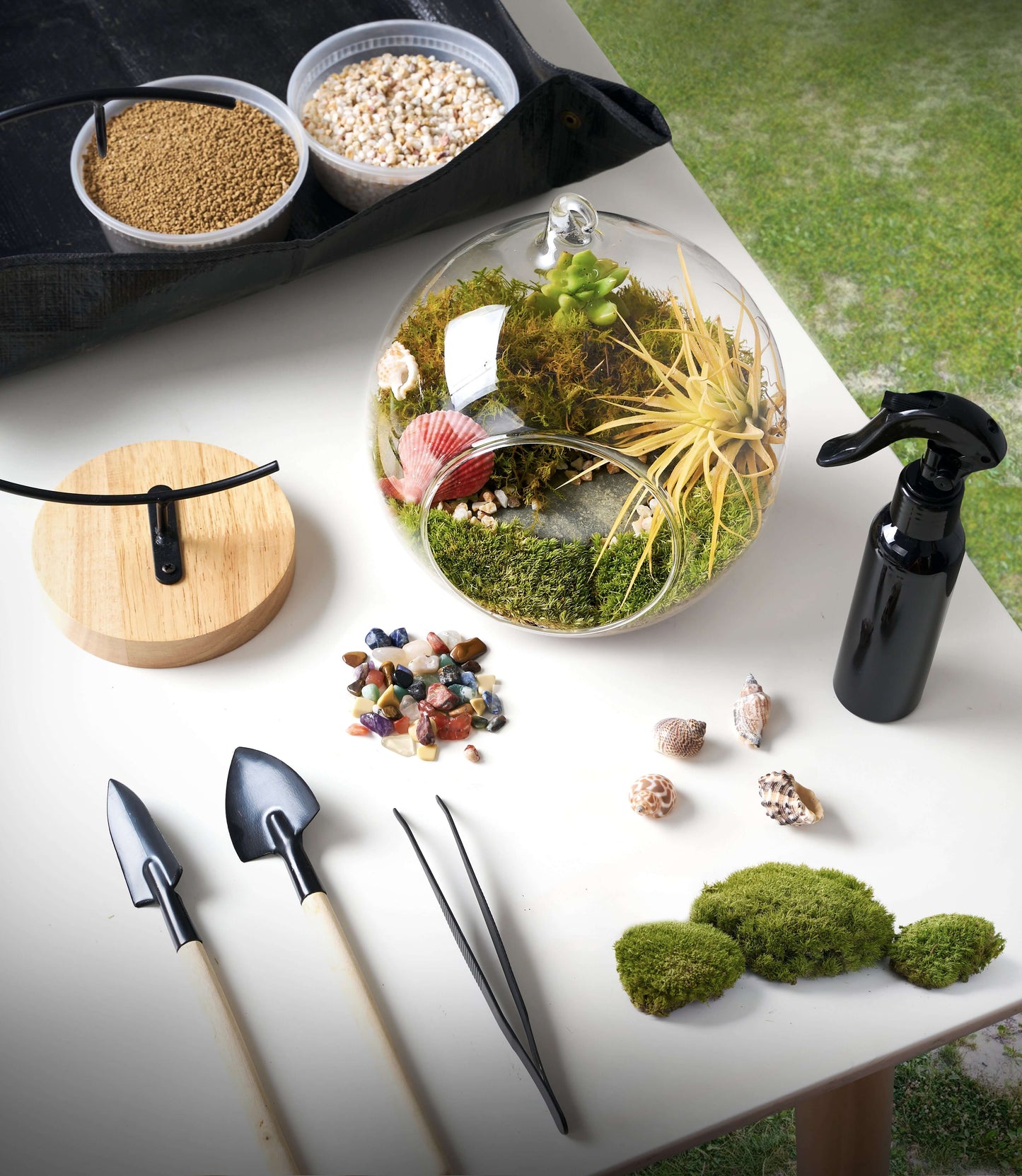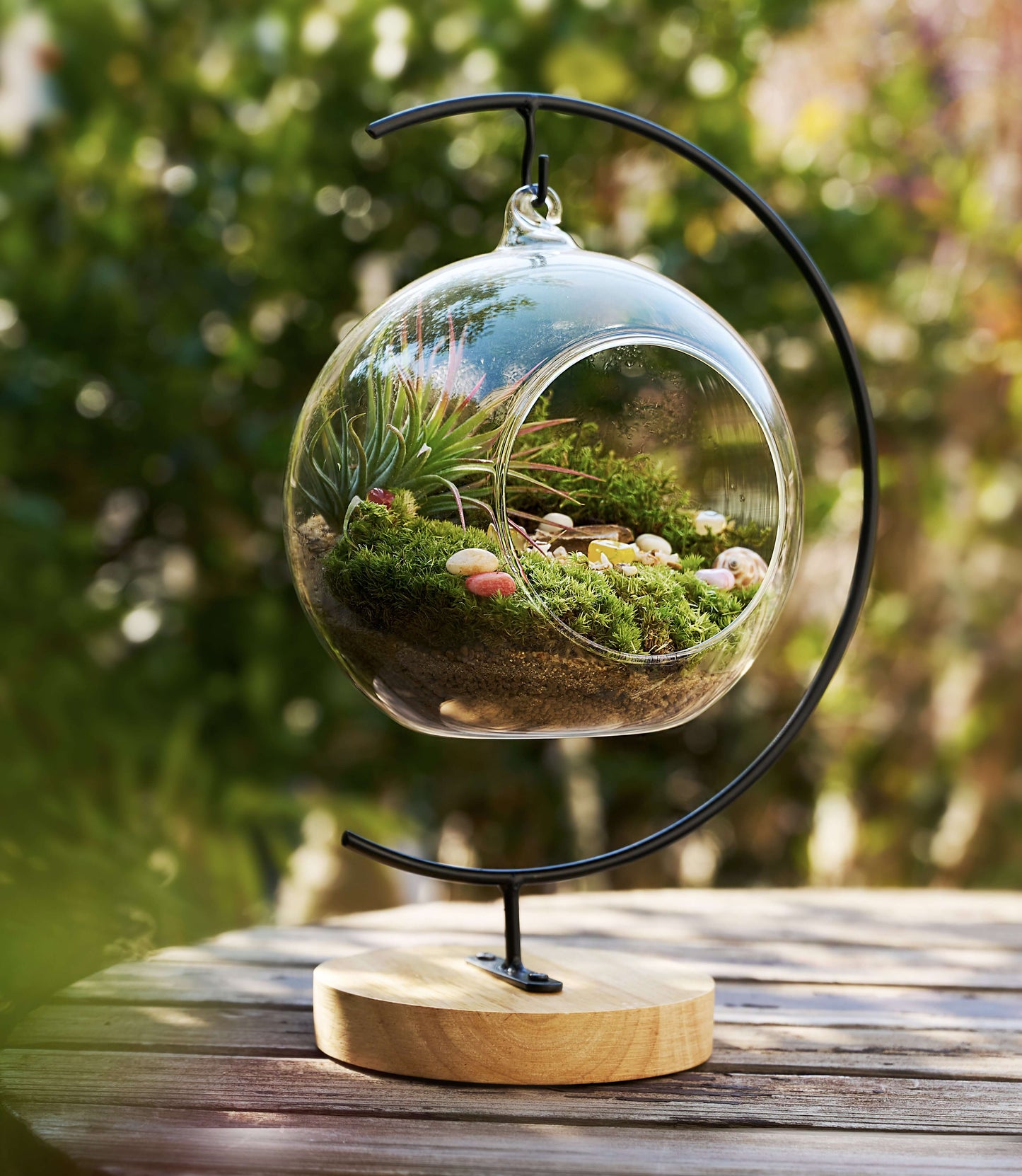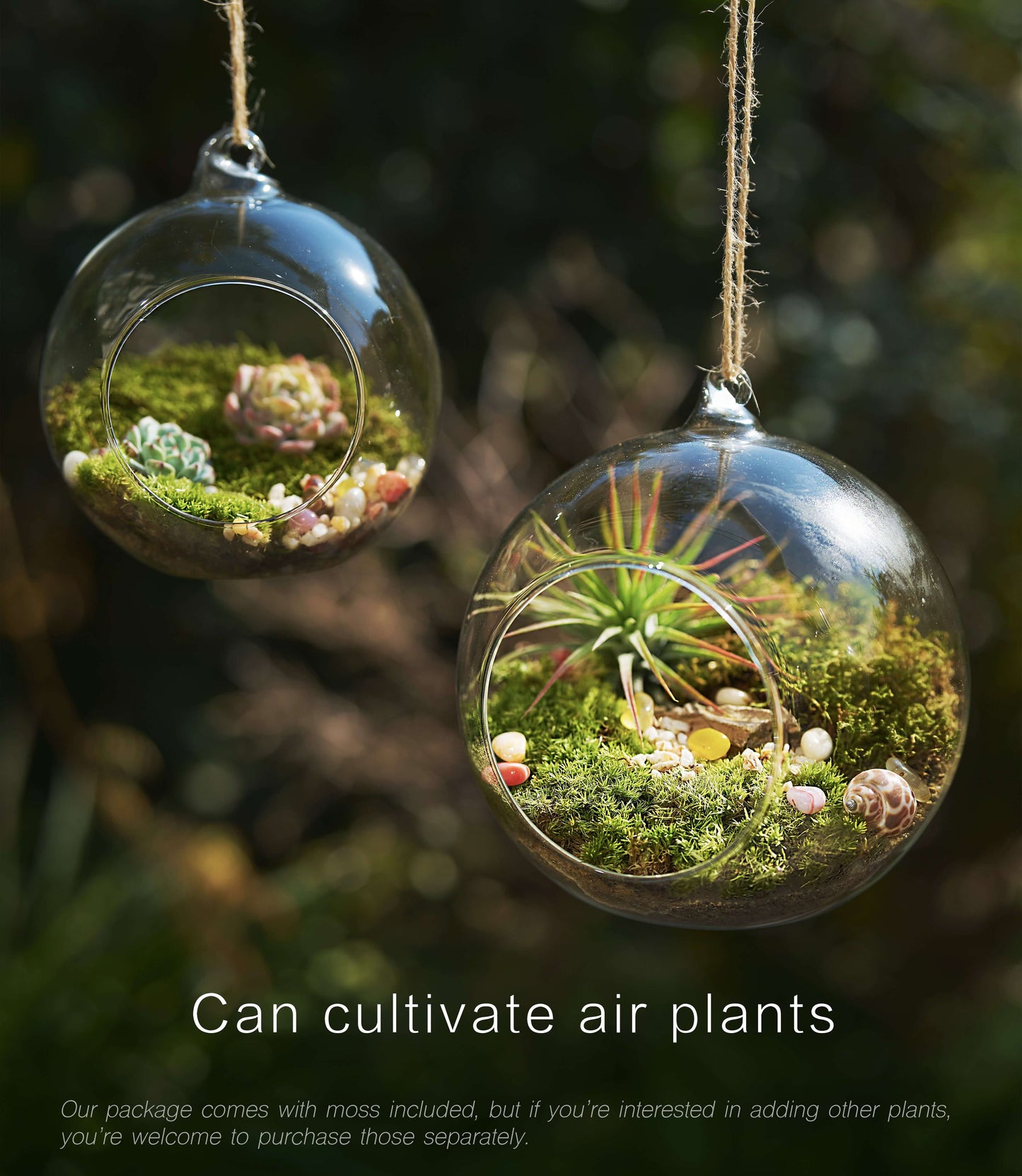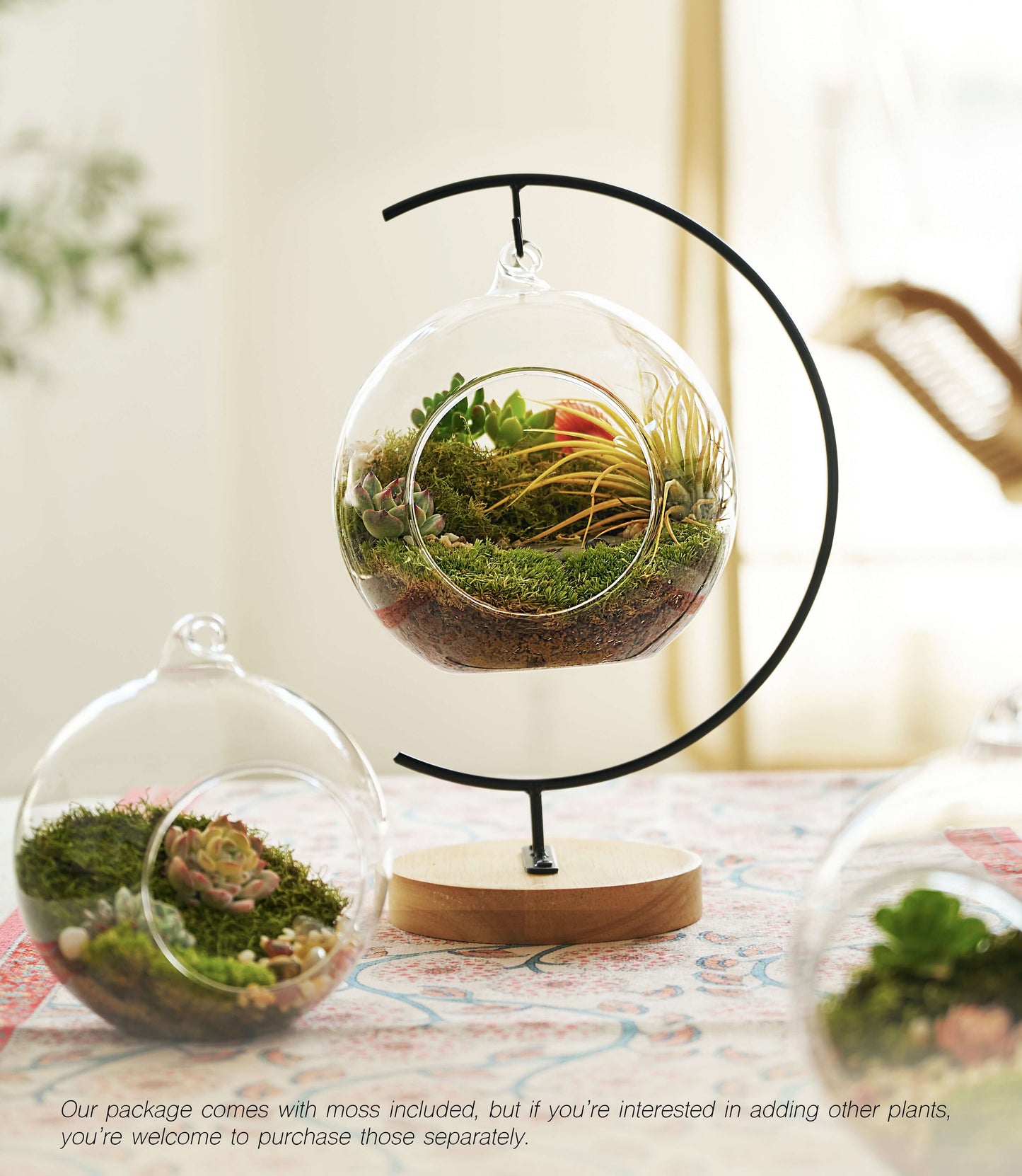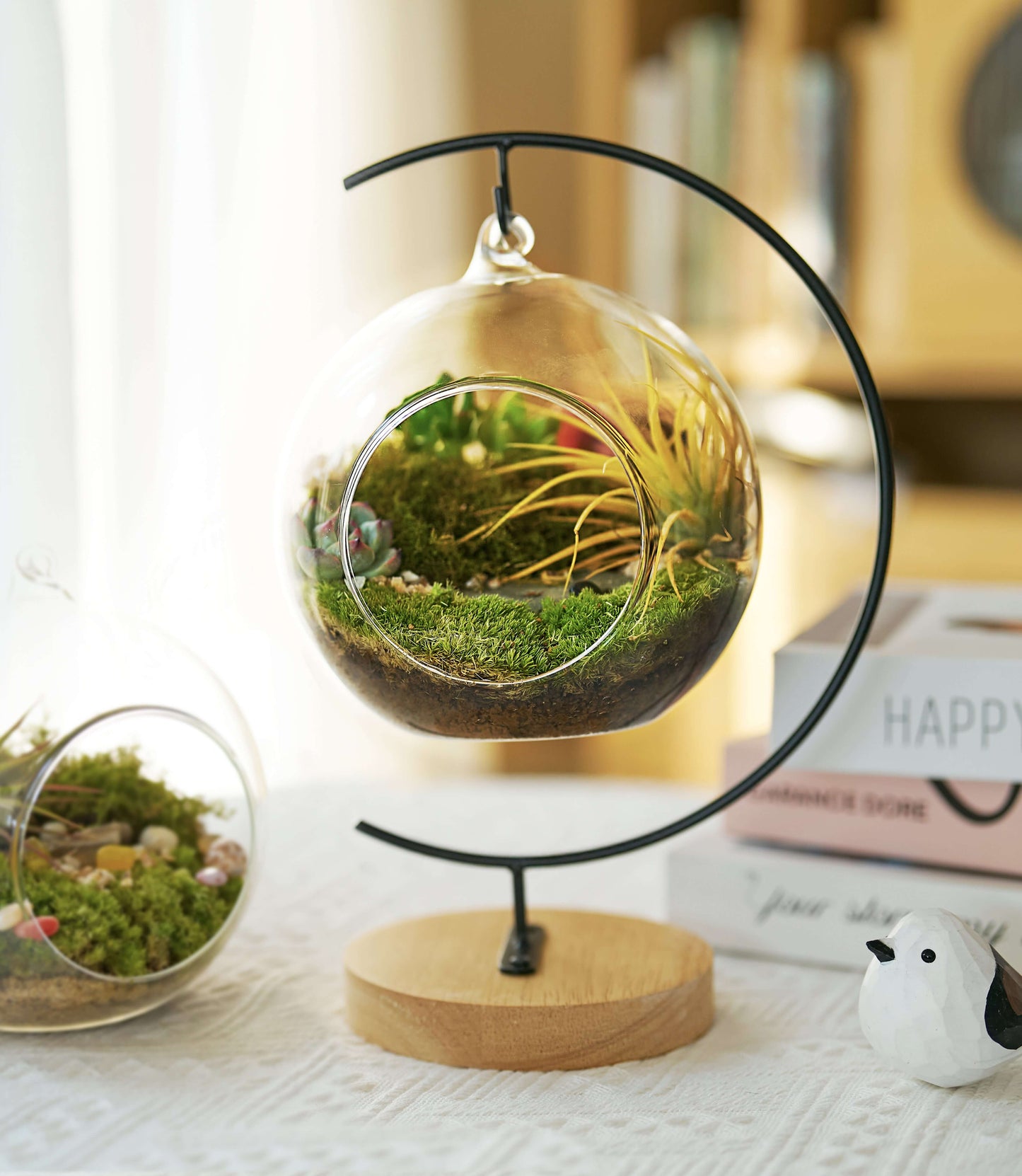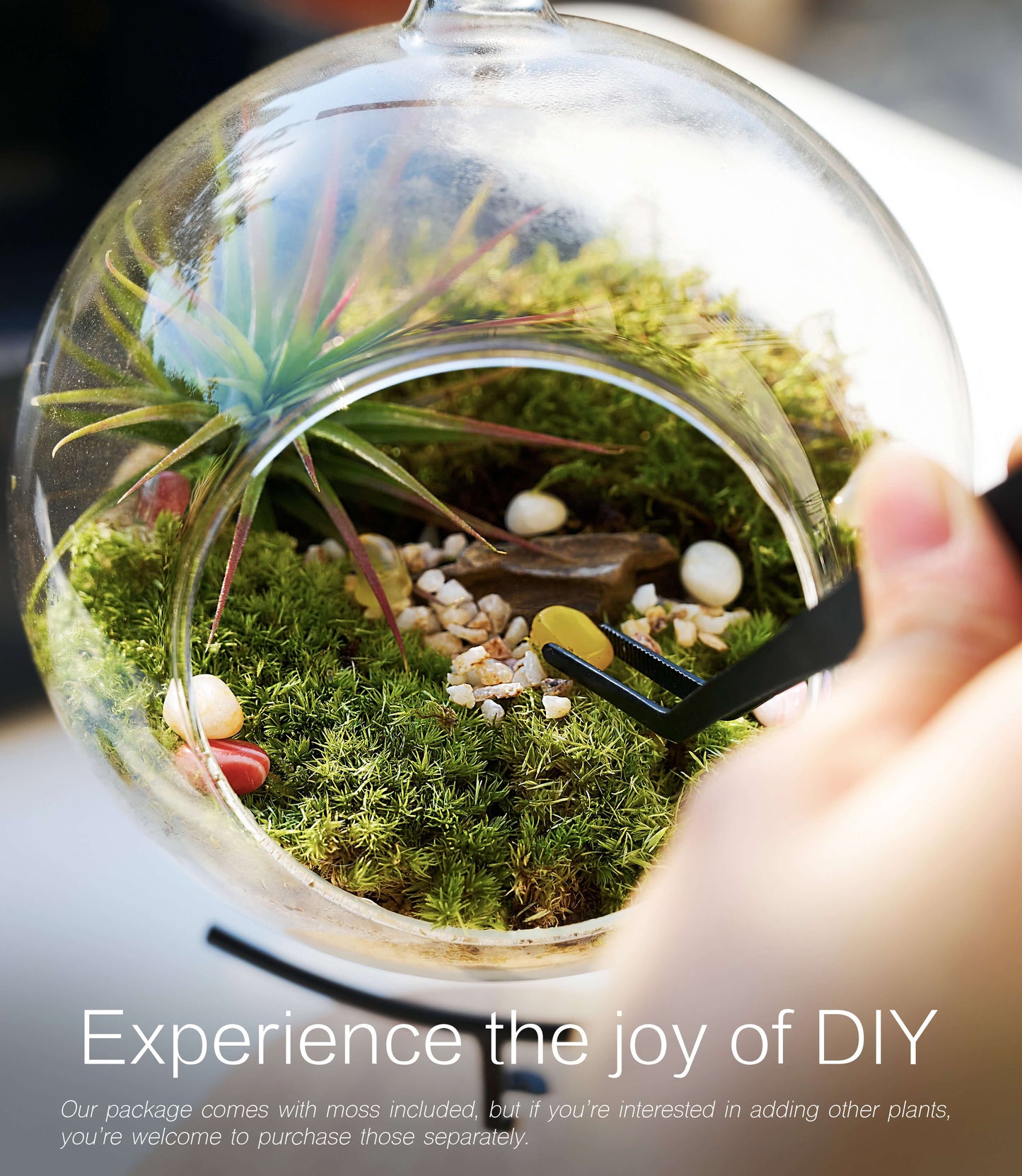Live Fern Moss Moss – Care, Uses & Buying Guide
Introduction to Moss Varieties
Live Fern Moss, as its name implies, showcases a delicate arch reminiscent of ferns—its fine, feathery fronds cascade outward from slender upright stems, creating a lush, miniature forest-like appearance. This forest-floor moss brings three-dimensional depth that surpasses mat or sheet mosses.
It thrives in semi-shaded, humid environments, commonly carpeting leaf mold or rocky streamsides, yet it tolerates short dry spells while maintaining its vibrant green hue. Whether draped across vivarium floors or nestled alongside bonsai branches, it evokes a wild, layered charm—making it an ideal low-maintenance moss for terrariums, natural décor, and sensory-rich green spaces.
Native to woodland floors, tolerant of shade, and capable of forming dense mats, fern moss is both functionally robust and visually striking in miniature ecosystems and garden displays.
Main Types of Live Moss
Live Fern Moss Types – Miniature Forest Ground Cover with Pinnate Foliage
Growing Conditions & Care Guide
FAQ
1. Is fern moss actually related to ferns?
Answer: No — though it resembles ferns with its pinnate leaves, fern moss is a bryophyte, not a vascular plant. However, it shares similar preferences for humidity and diffused light as true ferns do.
2. How should light be controlled when growing fern moss indoors?
Answer: Fern moss is sensitive to direct sunlight and thrives under diffused or indirect lighting. Place it near a window shielded from midday sun or behind a sheer curtain. Excess light can burn the fronds, while insufficient light causes legginess and sparse “fern-like” structure.
3. How often should I water it?
Answer: Maintain the substrate damp but never waterlogged. Misting 2–3 times per week or using immersion then draining works well. Fern moss favors more consistent moisture than rock moss and better drought tolerance than cushion types. Over-dry substrates lead to curling leaves; overly wet conditions risk rot.
4. Can it grow very tall?
Answer: Not extremely tall, but more upright than most mosses — typically reaching 5–10 cm in height. Its upright, branching stems lend architectural depth, making fern moss ideal as a middle layer in terrarium or micro-landscape design, creating a “mini-forest” effect.
5. Is it suitable for mixing with other mosses?
Answer: Yes, particularly with species that share similar moisture preferences. Fern moss works well as a middle layer with sheet moss below it. Avoid pairing with drought-adapted mosses (e.g., rock cap moss), as divergent humidity needs may compromise growth.
 
Collections
-

Buy Live Sheet Moss – Fresh Moss for Terrariums, Orchids & Home Decor
Bring nature into your home with our fresh Live Sheet Moss. Perfect...
-

Buy Live Cushion Moss – Natural Dome Moss for Terrariums, Bonsai & Indoor Décor
Bring a lush, soft green touch to your projects with Live Cushion...
-

Buy Live Fern Moss – Lush Green Moss for Terrariums, Vivariums & Natural Décor
Fern Moss is a vibrant, feathery-textured moss that adds softness and a...
ICRAFT
15-Piece Terrarium Kit with Live Moss – DIY Glass Globe Set with Tools, Soil, Stones & Spray Bottle – Indoor Mini Garden Gift for Plant Lovers, Home Decor & Zen Craft
